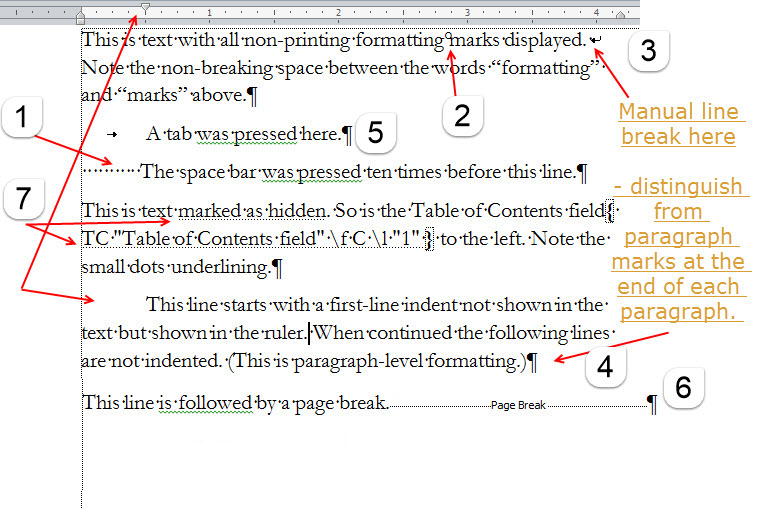
The "why" is equally easy-non-breaking spaces are used when you want to keep the text on both sides of the non-breaking space on the same line. If you want to use these characters in your own documents, the "how" is easy-use the Ctrl+Shift+Space Bar shortcut to add a non-breaking space and Shift+Enter to add the new-line character. If you are simply typing and editing in your Word document, however, there is more to the story. When it comes to copying information from the internet, I think these have all been answered. Now, Phyllis also asked about the "how/why/what/when" of using such characters. If this is the case in what you paste, then you'll need to modify what you search for in Find and Replace to accurately reflect these characters. In the test I recounted above, they were exactly that character, but if the original HTML includes either en spaces or em spaces, those are rendered in Word, after pasting, as the "doughnuts" or "degree signs," as well. I should also point out that it is possible that the small "doughnuts" or "degree signs" that Phyllis is seeing are not really non-breaking spaces. I've had success, as well, if I simply search for a single space and replace with a single space Word seems to match non-breaking spaces and replace them using this combination, as well. When it comes to the "doughnuts" or "degree signs," you can search for ^s and replace with a single space. Or, if desired, you could search for ^l and replace it with a single space this would "pull up" the lines so that they were part of a single paragraph. You would search for ^l and replace with ^p in order to change all the new-line characters to regular end-of-paragraph hard returns. The other approach you could use is to go ahead and paste as you normally do, but then use the Find and Replace capabilities of Word to get rid of the special characters. Note that the line breaks have been replaced with hard returns and the non-breaking spaces have been replaced with regular spaces. Pasting the browser text using Text Only. You end up with a much "cleaner" version of the text you want. Instead of pressing Ctrl+V, choose to paste Text Only. The first (and, I believe, the easiest) is to change how you paste information in the document that you copied from the internet. If you don't want those codes to be in there, you have a couple of choices. Word knows they are there and pastes them dutifully into your document. If you see such characters when you paste from the internet, rest assured that the characters are in the original HTML text, even if you cannot see them in the browser window. In other words, what is happening is that Word is pasting the text-the HTML-encoded text-as close to what it originally was as possible. The small "doughnuts" or "degree signs" correspond to every non-breaking space that I had placed in the HTML coding.

They correspond to the locations of the line-break tags I placed in the original HTML coding. Notice that the "bent arrows" are there at the end of the lines. I then turned on the display of non-printing characters, and I could see the same sort of thing that Phyllis saw. I then selected the text in my browser, pressed Ctrl+C to copy it to the Clipboard, switched to my Word document, and pressed Ctrl+V to paste it there. When this was rendered in an HTML browser, the tags I had placed in the text were not visible, but the browser did the line breaks just as I directed with my tags.
#What are non printing characters in word 2013 code#
Within the code I placed some tags for the beginning and end of the paragraph, line breaks, and non-breaking spaces.

I put together some simple HTML code to display some text. Since she is copying information from the internet, that seems like a good place to start. What Phyllis is seeing takes a bit of explaining.

Phyllis wonders if anyone can tell her what this second character is along with the how/why/what/when of using both characters. These symbols are the bent arrow at the end of a paragraph (which she understands is a new-line character) and tiny "doughnuts" between words (where she would expect to see only a space). Phyllis has often encountered two non-printing characters when she copies something from the internet to Word.


 0 kommentar(er)
0 kommentar(er)
